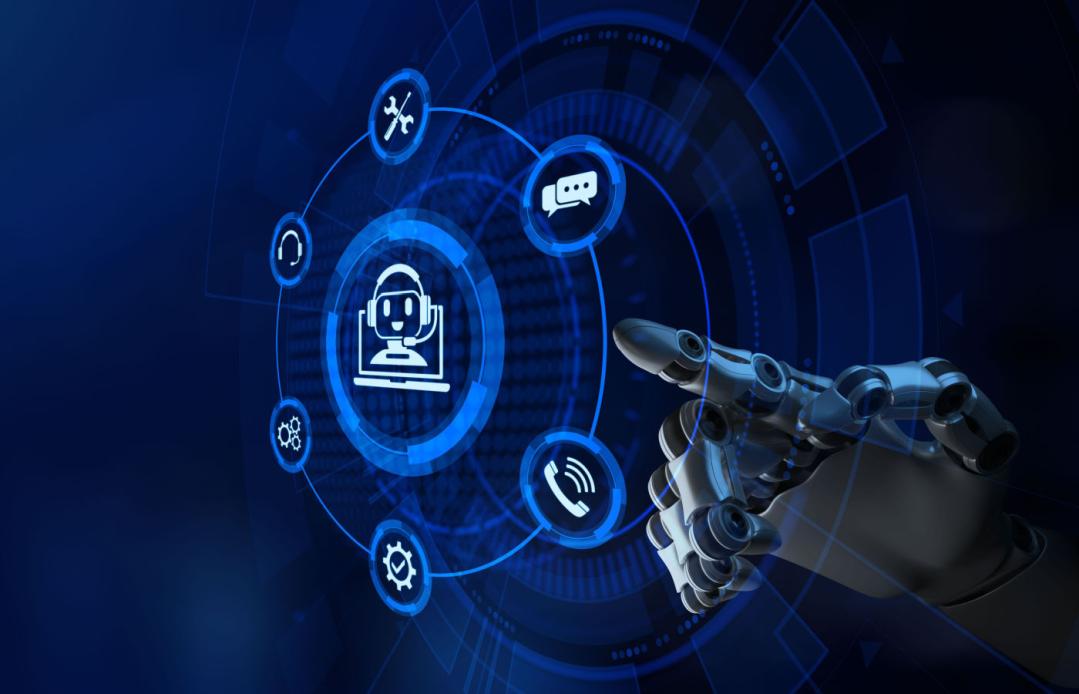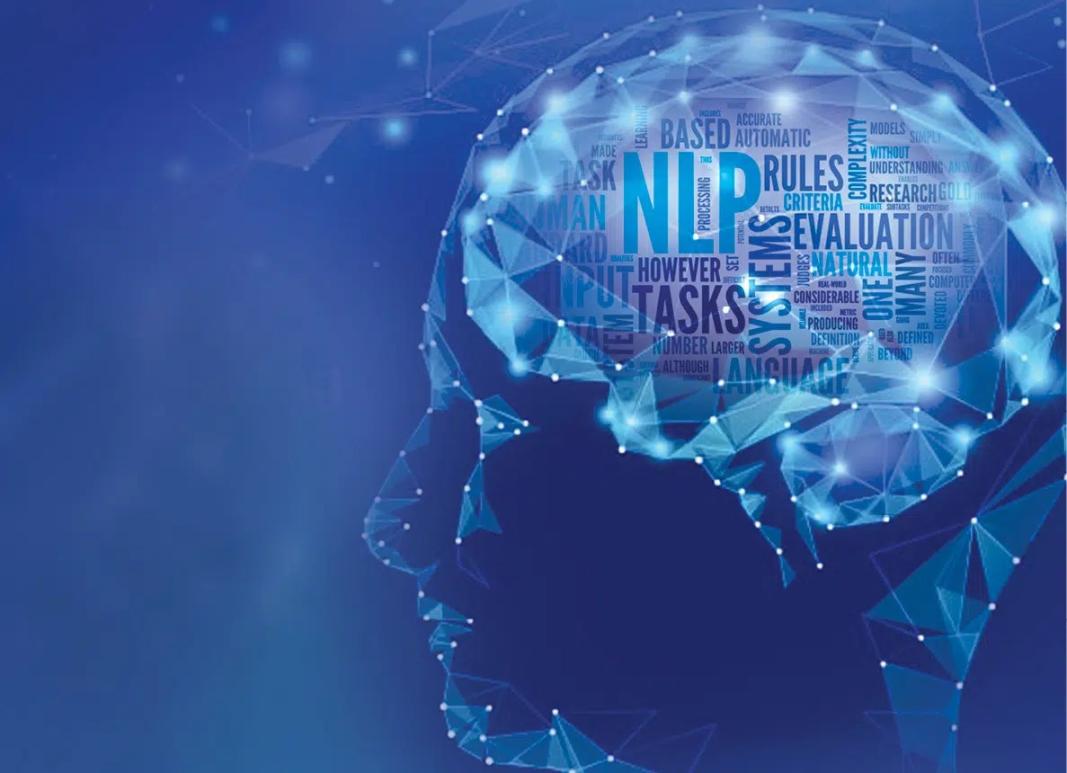How Can AI and Natural Language Processing be Used to Improve Transportation?
Artificial Intelligence (AI) and Natural Language Processing (NLP) are rapidly transforming industries across the globe. Their applications in transportation hold immense promise for revolutionizing the way we move people and goods. This article delves into the transformative potential of AI and NLP in improving transportation systems, exploring their applications, benefits, challenges, and future directions.

AI And NLP Applications In Transportation
Smart Traffic Management
AI-powered algorithms analyze real-time traffic data to optimize traffic flow, reducing congestion and delays. These algorithms consider various factors such as traffic volume, road conditions, and historical patterns to make informed decisions. Additionally, NLP enables communication between vehicles and infrastructure, allowing for coordinated traffic management. Vehicles can communicate with traffic lights, sensors, and other vehicles to share information about their location, speed, and intended route. This enables the system to adjust traffic signals and provide real-time guidance to drivers, improving overall traffic flow.
Autonomous Vehicles
AI plays a crucial role in the development of self-driving cars. AI algorithms enable autonomous vehicles to navigate roads safely and efficiently. These algorithms process data from various sensors, including cameras, radar, and lidar, to create a detailed understanding of the vehicle's surroundings. They can detect and classify objects, such as other vehicles, pedestrians, and traffic signs, and make real-time decisions to ensure safe navigation. Additionally, NLP allows vehicles to communicate with each other and with infrastructure, enhancing safety and coordination. Vehicles can share information about their location, speed, and intended route, enabling them to coordinate their movements and avoid collisions.
Public Transportation Optimization

AI algorithms can analyze ridership patterns and optimize bus routes and schedules to improve public transportation efficiency. These algorithms consider factors such as passenger demand, traffic conditions, and geographic constraints to create optimized routes and schedules that minimize travel time and reduce overcrowding. Additionally, NLP enables natural language interaction with public transportation systems, improving accessibility. Passengers can use natural language queries to find routes, check schedules, and receive real-time updates, making public transportation more user-friendly and accessible.
Freight and Logistics
AI algorithms can optimize logistics operations, reducing costs and improving efficiency. These algorithms can analyze data on shipments, routes, and delivery times to identify inefficiencies and optimize delivery schedules. They can also predict demand and allocate resources accordingly. Additionally, NLP enables seamless communication between shippers, carriers, and customers. Shippers can use natural language to describe their shipment needs, and carriers can respond with real-time updates on the status of deliveries. This streamlines communication and improves coordination among stakeholders in the freight and logistics industry.
Benefits Of AI And NLP In Transportation
Improved Safety

AI-powered systems can significantly improve transportation safety. These systems can automate tasks that are prone to human error, such as driving and traffic management. Additionally, NLP enables communication between vehicles and infrastructure, enhancing safety. Vehicles can communicate with each other and with traffic lights, sensors, and other infrastructure to share information about their location, speed, and intended route. This enables the system to warn drivers of potential hazards and take evasive action if necessary, reducing the risk of accidents.
Increased Efficiency
AI algorithms can optimize traffic flow and public transportation schedules, reducing congestion and delays. These algorithms consider various factors to create optimized routes and schedules that minimize travel time and reduce overcrowding. Additionally, NLP streamlines communication and coordination among transportation stakeholders. Shippers, carriers, and customers can communicate seamlessly using natural language, improving efficiency and reducing misunderstandings.
Enhanced Accessibility
AI-powered systems can provide real-time information and personalized recommendations, making transportation more accessible. Passengers can use natural language queries to find routes, check schedules, and receive real-time updates on public transportation systems. This makes public transportation more user-friendly and accessible, especially for people with disabilities or those who are unfamiliar with the area. Additionally, AI algorithms can optimize routes and schedules to reduce travel time and improve connectivity, making transportation more accessible for people in remote or underserved areas.
Reduced Environmental Impact
AI algorithms can optimize routes and schedules to reduce fuel consumption and emissions. These algorithms consider factors such as traffic conditions, road conditions, and vehicle characteristics to create optimized routes that minimize fuel consumption and emissions. Additionally, NLP enables communication between vehicles and infrastructure, facilitating the adoption of green transportation practices. Vehicles can communicate with traffic lights and sensors to adjust their speed and reduce idling, reducing emissions and improving air quality.
Challenges And Future Directions
Data Privacy and Security
The use of AI and NLP in transportation raises concerns about data collection and usage. These systems rely on large amounts of data to train and operate, and it is essential to ensure that this data is collected and used responsibly. Measures must be taken to protect data privacy and security, such as implementing robust encryption and access control mechanisms. Additionally, clear guidelines and regulations are needed to govern the collection and use of data in AI and NLP systems.
Ethical Considerations
The adoption of AI and NLP in transportation also raises ethical concerns. These concerns include job displacement, algorithmic bias, and the potential for discrimination. As AI-powered systems become more autonomous, they may replace human workers in certain roles, leading to job losses. Additionally, AI algorithms may be biased against certain groups of people, leading to unfair or discriminatory outcomes. It is important to address these ethical concerns and develop guidelines and regulations to ensure that AI and NLP systems are used in a responsible and ethical manner.
Infrastructure Development
The successful implementation of AI and NLP in transportation requires significant infrastructure upgrades. These upgrades include the installation of sensors, cameras, and other devices to collect data and enable communication between vehicles and infrastructure. Additionally, investments are needed to improve internet connectivity and data transmission speeds to support the real-time processing of data. Collaboration between governments, industries, and academia is essential to ensure that the necessary infrastructure is in place to support the adoption of AI and NLP in transportation.
AI and NLP have the potential to revolutionize transportation systems, improving safety, efficiency, accessibility, and environmental sustainability. By analyzing data, optimizing routes and schedules, and enabling communication between vehicles and infrastructure, AI and NLP can transform the way we move people and goods. However, it is important to address challenges related to data privacy, security, ethical considerations, and infrastructure development to ensure the responsible and ethical adoption of AI and NLP in transportation. With continued research and development, AI and NLP hold immense promise for creating a transportation system that is safer, more efficient, more accessible, and more sustainable.
YesNo

Leave a Reply